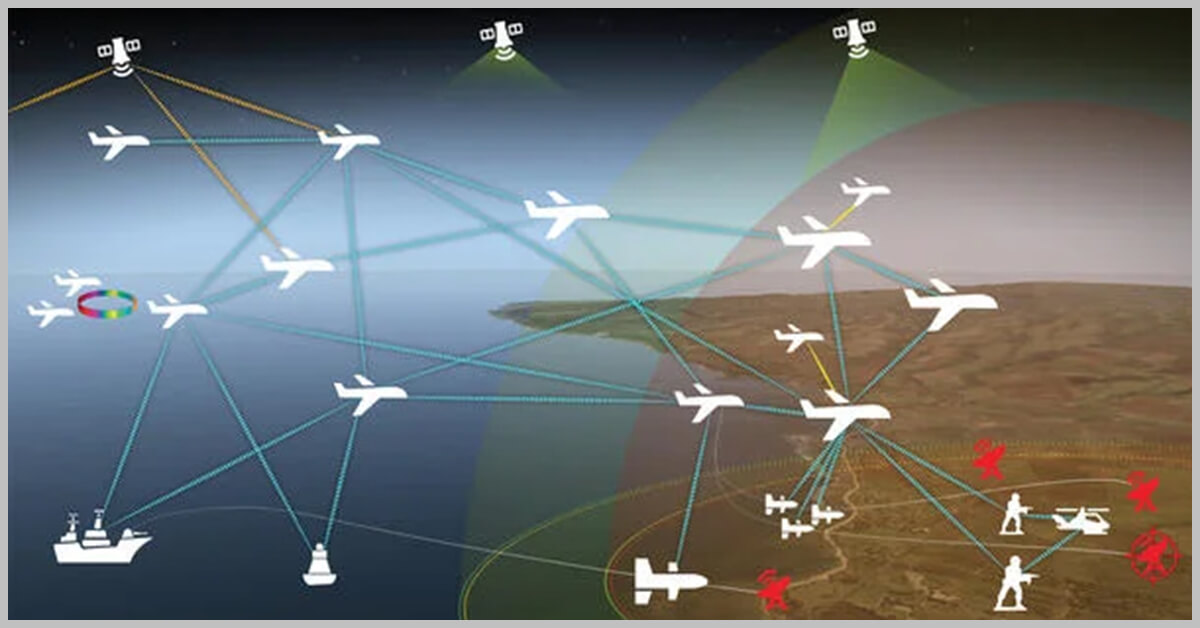Today, the digital environment plays a key role in the success of defense missions, making it more important than ever that forces located in remote environments – also referred to as the tactical edge – are able to stay connected to critical Department of Defense networks and systems.

At the Potomac Officers Club’s Workloads at the Tactical Edge Forum on Feb. 8, 2024, government and industry experts will come together to share their insights on the ways in which new technologies are shaping operations at the tactical edge. To learn more and register to attend the event, click here.
Bringing modern technologies to these locations is a DOD-wide effort, and the military services are exploring new tools and methods that could transform the way edge forces function. Keep reading for a glimpse into the ways military organizations are transforming their approach to edge operations.
Air Force
As the main research and development center for the Department of the Air Force, the Air Force Research Laboratory is constantly producing new technologies to support a wide range of military applications. In September, the organization presented its recently created Robust Information Provisioning Layer at the 2023 Air and Space Force’s Air, Space and Cyber conference. Designed to manage information across a network, the cybersecurity tool offers users working around limited and intermittent connectivity with a secure way to access relevant data.
Dr. Mark Linderman, chief information scientist of the AFRL’s information directorate, will represent the organization as a keynote speaker at Workloads at the Tactical Edge Forum.
Navy
The Department of the Navy is experimenting with the concept of enterprise information technology as a way to expand edge communications. DON Chief Information Officer Jane Rathbun said at AFCEA NOVA’s Naval IT Day that Flank Speed, the department’s cloud-based office suite of tools, enabled the Navy to put a cloud on a ship. The DON, she noted, views this milestone as an opportunity to “rethink cloud in a tactical environment” rather than focusing solely on onshore locations.
Jason Hunter, digital transformation program manager at the Naval Sea Systems Command’s Program Executive Office for Integrated Warfare Systems, will offer a Navy perspective during a panel discussion at the event.
Army
For the Army, improving edge communications means implementing zero trust. According to Col. Michael Smith, director of the Army’s functional management office for zero trust and director of the unified network task force, the service branch is looking into the ways in which it can apply ZT strategies to traditionally disconnected technologies and weapons systems. Currently, he told Federal News Network, the Army is focused on conducting ZT gap analysis to determine where these principles can be applied.















